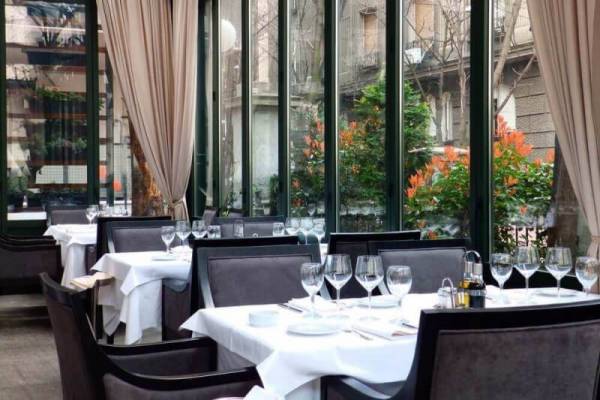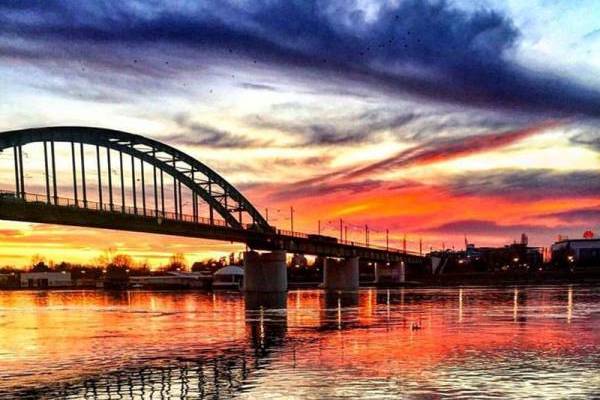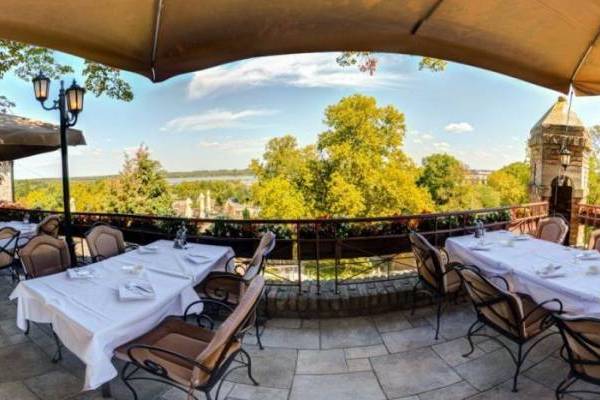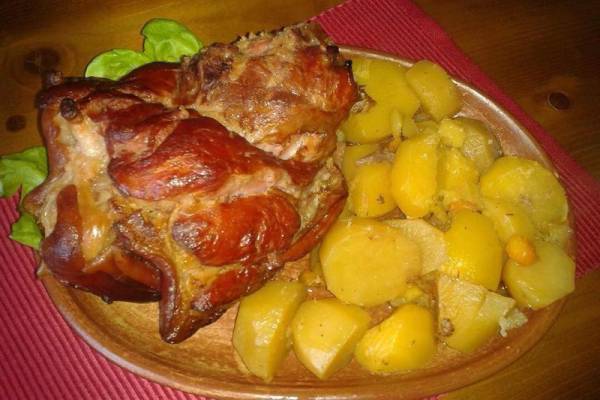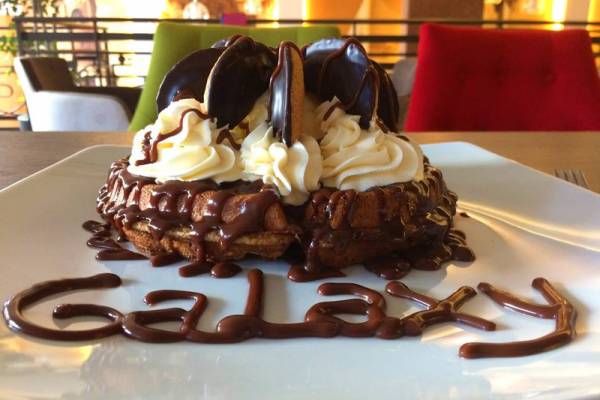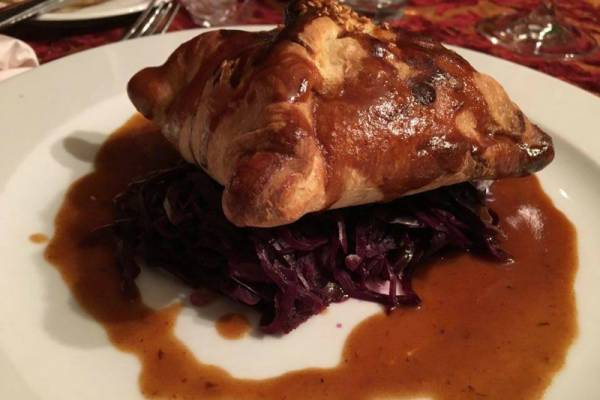They preserve the spirit of the city - these are the oldest streets in Belgrade!
11/04/2019
Interesting factsBelgrade is a city with a large number of streets and beautifully decorated city fortresses. It has a long history and even centuries-old streets. Each of them hides a story and Belgrade would not be what it is today without them.
There are over 5500 streets and 16 squares in Belgrade. The oldest streets in the city are Knez Mihailova, Karađorđeva, Kralj Petar Street, Car Dušan Street, Balkanska Street, Vasa Čarapić, and Gavrilo Princip Street. All of them are located in the heart of the city, and judging by their names, we can conclude what role they played in the distant and not so distant past. The history and fate of Serbs and other people who lived in these streets attract many local and foreign tourists.
Knez Mihailova Street
Knez Mihailova Street is always a must-see place for all tourists who come to Belgrade. It is located in the very heart of Belgrade, representing one of the most visited streets in the city. It is also a famous promenade and a place for true shopping enthusiasts. A large number of shops, cafes and other facilities make it an interesting area that everyone wants to explore at leisure. It is believed that at the time of the ancient Romans, this street was the center of Singidunum. Knez Mihailova Street is one of the oldest and most valuable city monuments that encompasses a great number of wonders of architecture and the most famous city houses in which the most influential and richest Serbian families lived.
Karadjordjeva Street
This street has been the epicenter of all city events since ancient times. It hides the story of the first insurance company, the beautiful building of the former Belgrade Cooperative, which is today known as the building of the Geozavod - where the beautiful restaurant Salon 1905 is located. This is the place where the first theater performance took place, making this street a true historical and cultural treasure of the city. The centuries-old street is characterized by the tram sounds which have been passing through it for hundreds of years. The most influential and richest people built their houses here so that they could be at the center of all events. The vicinity of the port and the customs office contributed to making this part of the city a central place for all important economic, political and cultural events. The famous Knez Mihailo built the famous Grand Stairs right here thus helping the citizens of Belgrade, who until then had to travel greater lengths to reach the Kalemegdan from the port.
.jpg)
Kralja Petra I Street
The most beautiful and oldest streets intertwine in the very center of Belgrade. One of them is Kralja Petra I Street, which is nestled in the heart of the city where it had been defying its enemies and time from its very creation. The street that takes you from 1st to 21st century. As it did centuries ago, some of the buildings of extraordinary beauty and cultural significance are located on this street, such as the residence of Knjeginja Ljubica, the building of the Patriarchate, the Saborna Crkva. There is also the famous oldest tavern in Belgrade – Kafana Znak Pitanja. In addition to all historically important buildings, this street is full of splendor even today, containing many restaurants, among which is the beautiful Dorian Gray restaurant, where you should stop by if you find yourself in this part of the city.
.jpg)
Cara Dušana Street
Another place worthy of your attention is the centuries-old Cara Dušana Street. Situated in the very heart of Dorćol, between the Belgrade Fortress, the Student Square, the Despot Stefan Boulevard and the Danube River, this street is part of the true "original" city center. It was the main street or quarter from the Middle Ages until the second half of the 19th century. All the prominent citizens stayed right here, where the most beautiful Belgrade houses were built. The oldest preserved Belgrade house can be found in the Cara Dušana Street no. 10. It was built during Austrian rule in the Baroque style. There is a legend that a basement was constructed underneath the house that led, through narrow tunnels, to the famous Kalemegdan Fortress. Even today, this street attracts a large number of foreign and domestic tourists who are looking for interesting tales. After you hear the stories, visit all the cultural buildings, you can relax and enjoy the excellent food and drinks offered by the restaurant located in this famous street, the Konoba Akustik restaurant.

Balkanska Street
The famous Balkanska Street is situated in the heart of the city, in the immediate vicinity of the former main railway station, where it was unjustly forgotten. Even though it is unjustifiably neglected today, it was once the center of all city events. And while it can boast with one of the few “smart” buildings in Belgrade, it was once famous for the best halva and ice cream in the city. Antique cobblestone is still a trademark of this street, and despite the influence of modern architecture, it has retained its old-fashioned spirit. The most famous craft shops were the embodiment of this beautiful street. Today, only a few of them remain there. Hat-makers, tailors, real inns and catering shops are something that made this street really special. The famous tailor Voja made Italian style suits for distinguished gentlemen and ladies. One of the most famous Serbian cinemas "October 20th" was located near the Moskva Hotel, where it attracted a great number of visitors every day. After watching a movie, people went to the famous "Leskovčanin" which had the best burgers in the city. Today, however, much has changed. The cinema has been shut down, “Leskovčanin” is also closed, but this street is still alive, with just a little less radiant life.

Nemanjina Street
When the construction of the Main Belgrade Railway Station was completed, this street gained immense significance for all citizens of Belgrade. It became a vital part of the city. It was named in 1896 after the founder of the Nemanjić dynasty, Stefan Nemanja. It extends from the famous Slavija Square to Savska Street and the former main railway station. Today it is one of the most popular streets in the city, with trams and buses and cars constantly passing through it. Its importance is also reflected in the fact that the most important administrative buildings are located in this street, such as the building of the National Bank of Serbia, the building of the General Staff of the Army of Serbia, which was damaged in NATO bombing in 1999, the building of the Government of the Republic of Serbia, as well as many other important institutions. It is also known as the street where Prime Minister Zoran Đinđic was killed.




